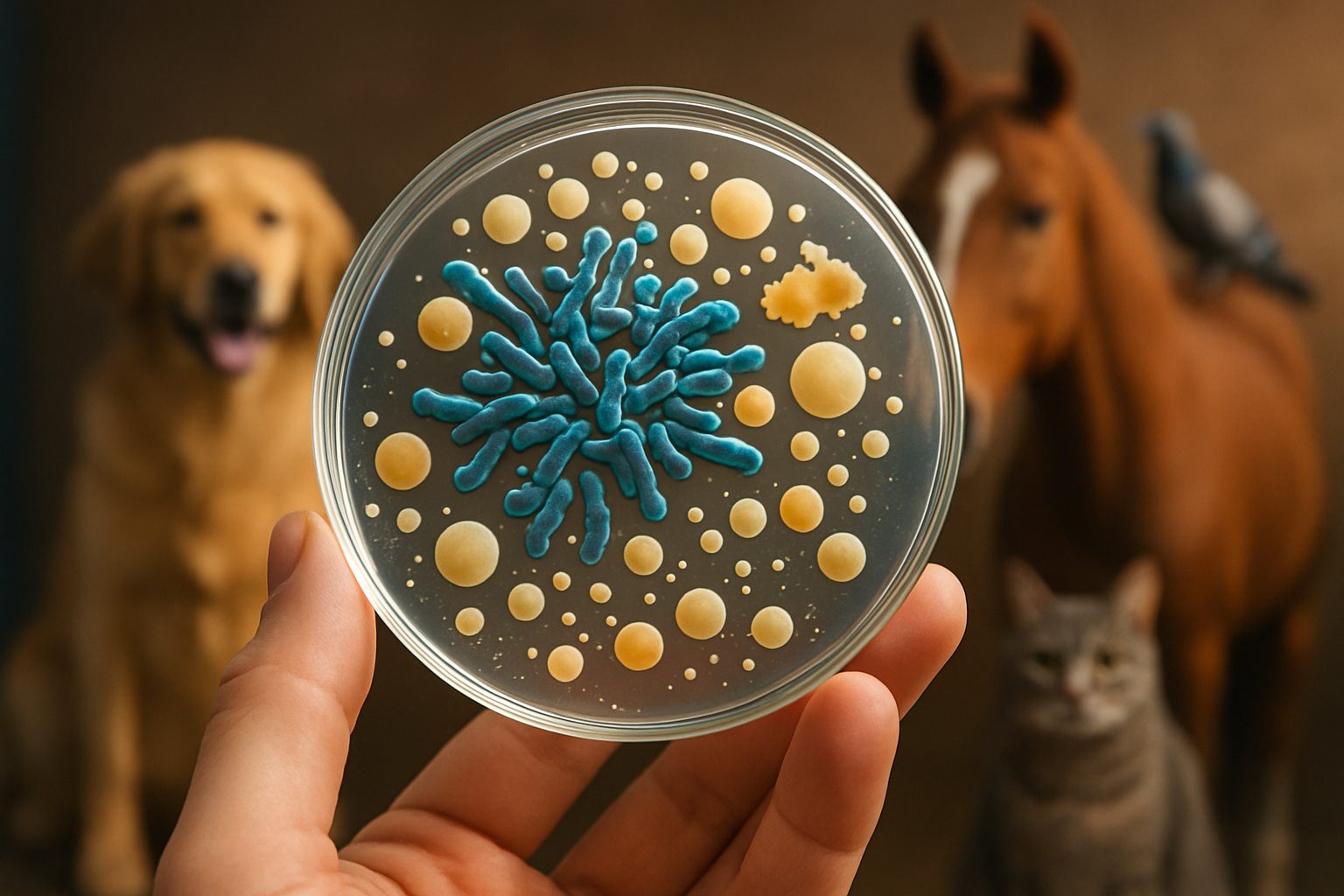Environmental enrichment ideas to stimulate learning and play
Environmental enrichment helps pets stay mentally sharp and physically active by offering varied experiences that encourage exploration, play, and learning. Simple changes at home — rotating toys, creating scent trails, or introducing puzzle feeders — can support natural behaviors, reduce boredom, and promote overall wellbeing for a wide range of species.

Enrichment: How can toys and environment stimulate learning?
Creating a stimulating environment means offering choices that engage different senses. Rotate toys weekly to maintain novelty, use puzzle feeders to encourage foraging instincts, and provide textured surfaces or hiding spots to encourage exploration. For birds and small mammals, safe chew toys and climbable structures deliver cognitive challenges. For cats and dogs, scent games and interactive toys can mimic hunting and investigation, promoting curiosity and problem-solving in daily play.
Training: What methods encourage problem-solving and learning?
Positive-reinforcement training uses rewards to shape behavior and supports learning across ages. Short, consistent sessions help pets focus without becoming frustrated; use treats, praise, or toys as rewards. Break tasks into small steps and increase complexity gradually to build confidence. Training combined with enrichment — such as hiding treats in boxes or teaching scent discrimination — promotes mental stimulation and strengthens the human–pet bond while addressing behavioral needs.
Socialization: How does interaction support play and behavior?
Controlled social experiences teach pets how to communicate and respond to others. For puppies and kittens, supervised exposure to people, household sounds, and other animals during early growth stages supports confident social development. For adult pets, structured playdates, group classes, or one-on-one interactive sessions help maintain social skills. Proper socialization reduces anxiety-driven behavior and supports healthier interactions during grooming, training, or veterinary visits.
Nutrition and hydration: How do diet and water affect activity and growth?
Balanced nutrition and regular access to clean water are foundations for effective enrichment. Diets that meet a pet’s life stage and activity level support energy for play and cognitive tasks; inadequate nutrition can reduce motivation and slow growth. Puzzle feeders and slow-dispensing bowls can make mealtimes mentally engaging while encouraging hydration. Monitor portion sizes to prevent weight gain that could limit exercise and mobility during play.
Grooming, vaccination, and safety: How do care routines affect wellbeing?
Routine grooming helps pets feel comfortable and can be incorporated into enrichment by pairing brushing or nail care with gentle handling and treats. Keeping vaccination schedules current protects health so pets can safely engage with others and environments. Safety checks — secure fencing, hazard-free play areas, and safe toy choices by species and size — reduce injury risk. This article is for informational purposes only and should not be considered medical advice. Please consult a qualified healthcare professional for personalized guidance and treatment.
Exercise: How to balance physical activity and mental growth?
A balanced plan pairs physical exercise with mental challenges. Short, varied workouts that include fetch, obstacle courses, and scent hikes provide both cardiovascular benefits and environmental novelty. For less mobile or senior pets, low-impact activities combined with mental tasks like treat puzzles can maintain engagement without strain. Track each pet’s response and adjust intensity and duration to support healthy growth, coordination, and behavior.
Conclusion
Environmental enrichment is a flexible strategy that adapts to species, age, and individual temperament. By combining varied toys, structured training, thoughtful social experiences, balanced nutrition and hydration, attentive grooming and vaccinations, and safe exercise, caregivers can create environments that promote learning, play, and resilience. Observing responses and gradually increasing complexity will help sustain interest and support long-term health and positive behaviors.





